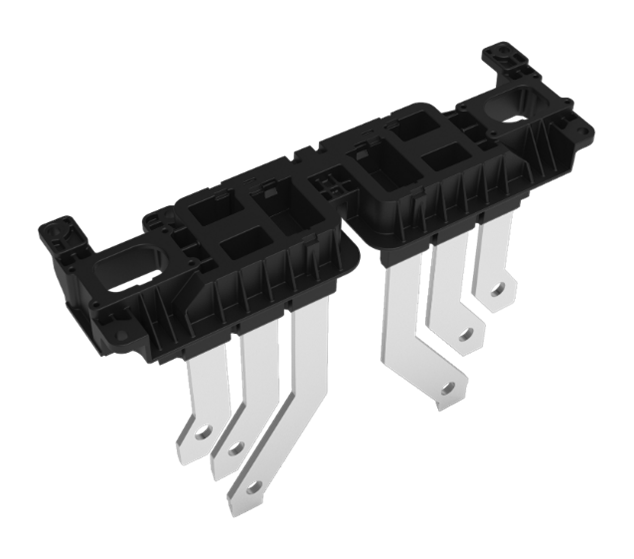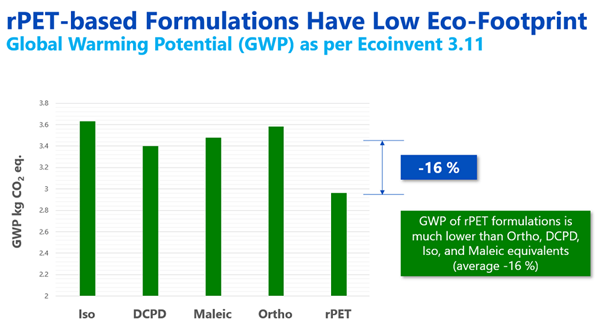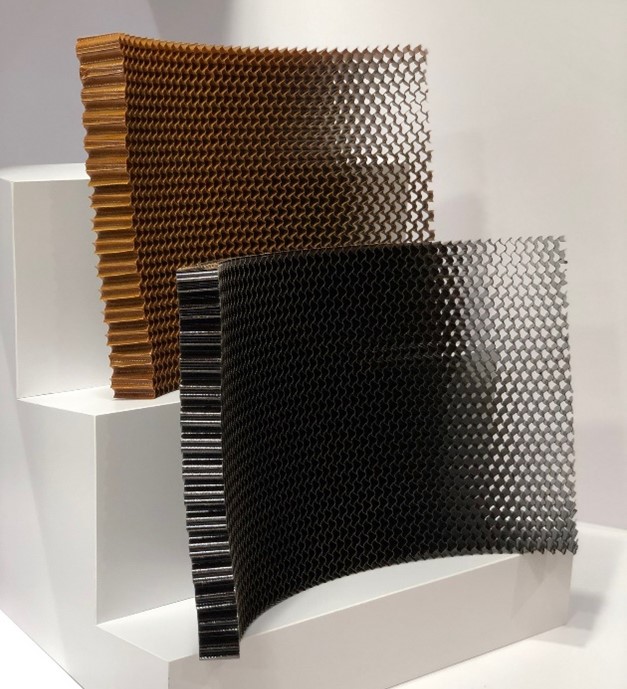Researchers develop composite material for AI, sustainable lighting, and environmental solutions
Researchers at Shiv Nadar University, Delhi-NCR, unveiled a groundbreaking rare-earth-free composite material
Posted On 28 Mar 2025
APN News reports that in a significant development of materials science, researchers at Shiv Nadar University, Delhi-NCR (India), unveiled a groundbreaking rare-earth-free composite material with potential applications in solid-state lighting, artificial intelligence (AI), and environmental remediation.
Led by Professor Aloke Kanjilal and his research scholar Mr. Bisweswar Santra, this innovation in ZnO@β-SiC composites holds great promises energy-efficient lighting, advanced neuromorphic computing, and sustainable water purification solutions—all within a single multifunctional material. This innovative work tackels global chalenges, by minimizing dependence on imported rare-earth elements and providing a scalable, high-performance alternative for next-generation technology.
A key breakthrough of this research is the development of a rare-earth-free phosphor with exceptional dual-band photoluminescence spanning from the visible to near-infrared region. By optimizing annealing conditions, the group has created a cost-effective and scalable solution for solid-state lighting, reducing dependence on scarce rare-earth materials and paving the way for India’s self-reliance in advanced lighting technologies.
Highlighting the significance of this advancement, Dr. Aloke Kanjilal, Professor at the School of Natural Sciences, Shiv Nadar University, Delhi-NCR stated, “This functional composite material is a significant step towards reducing reliance on rare-earth elements, particularly those imported from abroad. It enables sustainable, independent production of phosphors for solid-state lighting, while also setting new standards for neuromorphic computing—bringing high performance, low power consumption, and sustainability into a single innovation.”
As the conventional von Neumann computing architectures are facing a high-speed data processing and huge energy consumption, the ZnO@β-SiC composite offers a paradigm shift in modern memory storage systems and bio-inspired neuromorphic computing.
The research demonstrated that this material could be used to develop forming-free, multilevel resistive switching devices with ultra-low power consumption (~100 μW) and response times as fast as 40 ns. Additionally, these devices exhibited remarkable stability, enduring over 10,000 switching cycles while retaining data for over 10,000 seconds.
This innovation brings neuromorphic computing one step closer to reality by replicating the efficiency of the human brain for AI applications. With its high-speed and energy-efficient performance, this breakthrough holds immense potential for AI-driven technologies, including robotics, real-time decision-making systems, and intelligent automation.
Beyond optical and computing applications, the ZnO@β-SiC composite has demonstrated exceptional photocatalytic properties, capable of breaking down organic pollutants like methylene blue in wastewater within just 25 minutes under UV radiation. This offers a rapid, scalable, and eco-friendly alternative for large-scale wastewater treatment—a critical solution as India grapples with escalating water pollution.
Additionally, the material has shown remarkable radiation hardness, maintaining its optical properties even under Gamma radiation exposure up to 65 kGy. This makes it a viable candidate for extreme environments, including space exploration, nuclear facilities, and high-radiation industrial settings.
The synergy between ZnO and β-SiC played a crucial role in enhancing the composite’s multifunctionality, combining optical, electronic, and environmental applications in a single material.
“Our ability to integrate advanced material design with precise device engineering has been instrumental in achieving these breakthroughs,” said Mr. Bisweswar Santra, research scholar at Shiv Nadar University, Delhi-NCR.
As industries increasingly seek sustainable and high-performance alternatives, Prof. Kanjilal emphasized the transformative nature of this innovation and said, “This is not just about improving existing technologies; it’s about creating entirely new possibilities. With functional composites like ZnO@β-SiC, we are laying the foundation for a future where sustainability and performance go hand in hand.”
Source: APN News
Realted Content

BASF launches innovative PPA for electric vehic ...
BASF announced that its newly develop ...
Read More





